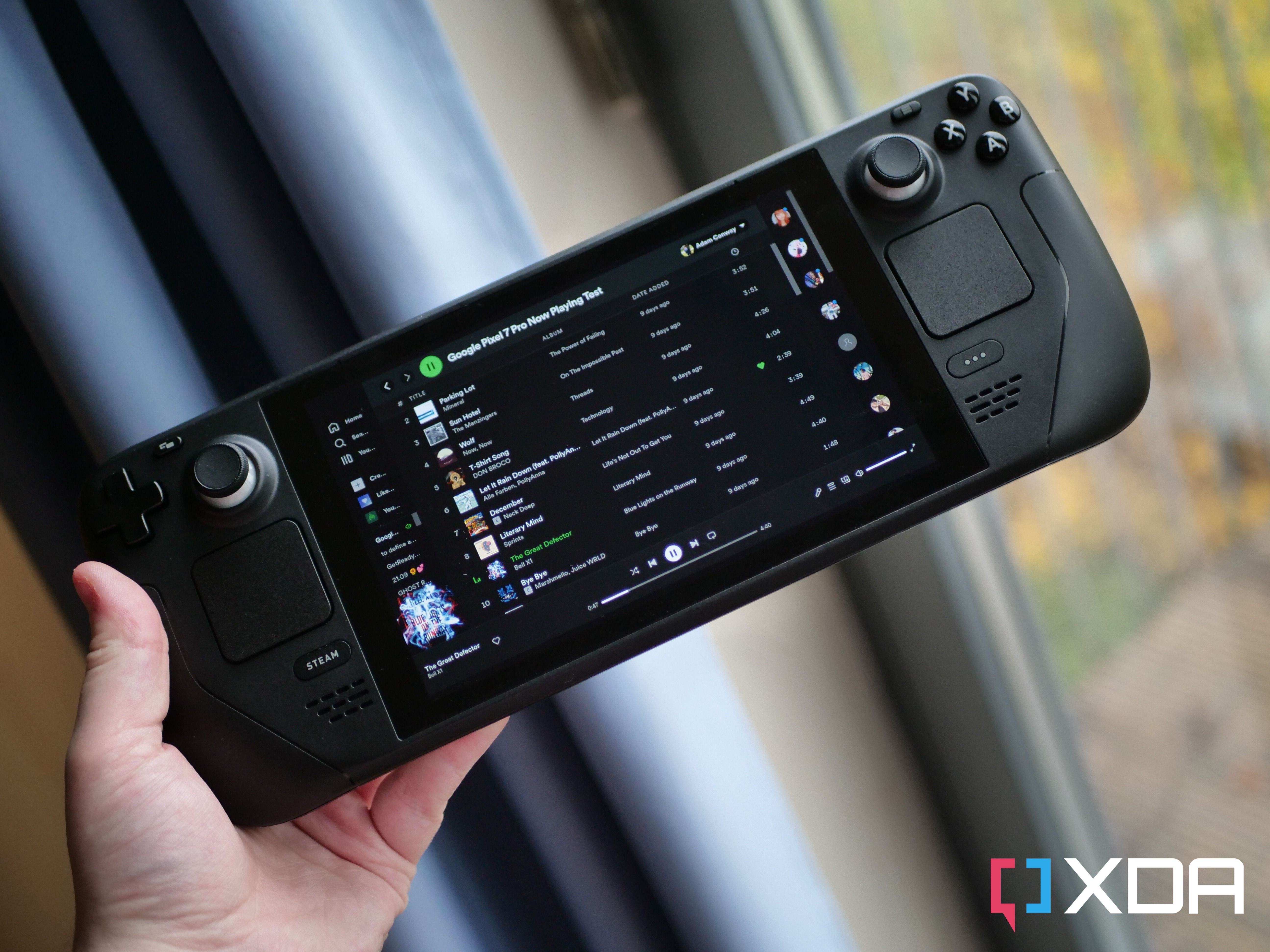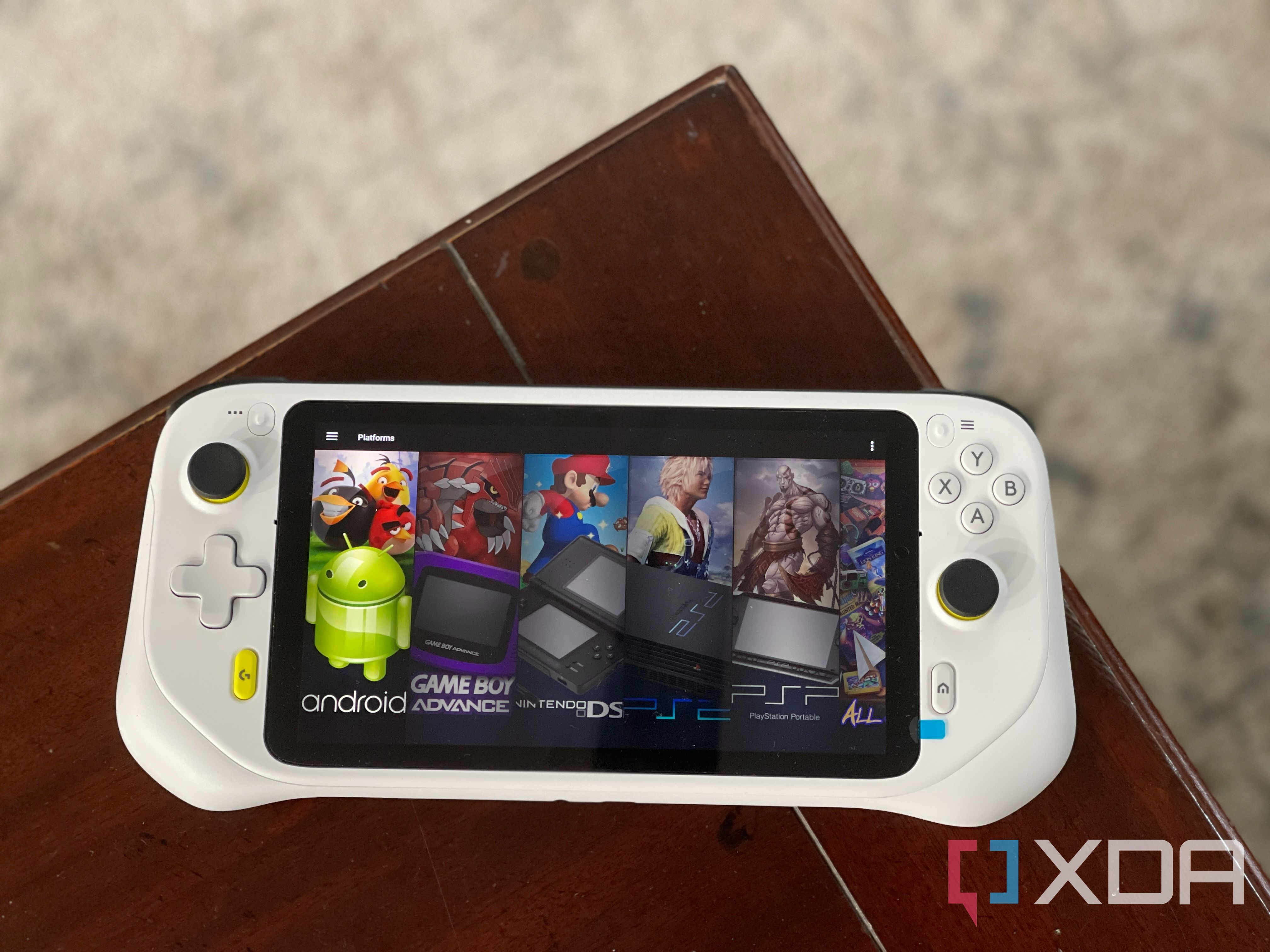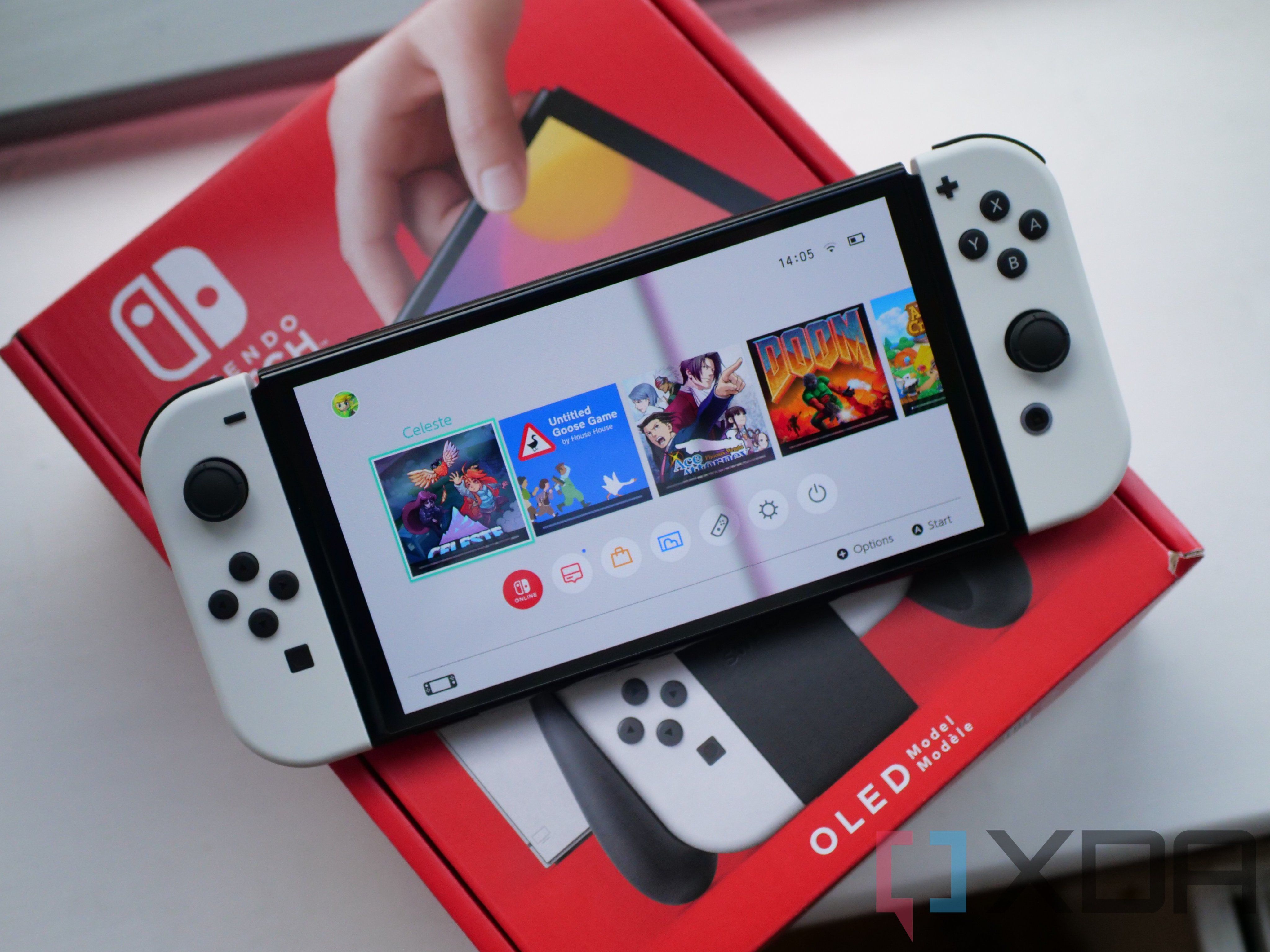Devices like the Steam Deck, Ayaneo 2, and even the Nintendo Switch have revolutionized the world in recent years. Mobile keyboards open up a whole new world of experience. While Nintendo has been making handhelds for years, the first two offer PC gaming on the go, with good performance, excellent battery life, and the ability to do a lot more with software.
However, the Steam Deck has an edge over Ayaneo 2 in one big department: the operating system. It’s much easier to do whatever you want on SteamOS, which is an offshoot of Arch Linux, not to mention the lower overhead. On the one hand, this reduces the cost since there is no need to obtain a software license to distribute it. However, there are drawbacks to using Linux, such as the requirements of the Proton compatibility layer to ensure that games made for Windows are still playable.
However, it seems clear that the future of mobile gaming is likely to be a combination of both Android and Linux, and there are several reasons for that.
Linux is open and free
In terms of software, Linux is a distinctly attractive option for any company looking to build a new gaming machine. Not only is it an open and free kernel to start from, but there are plenty of distros that companies can inherit and develop their systems on top of. (See SteamOS, based on Arch.) Since mobile devices aim to try to cut costs as much as possible while making the most of limited hardware, Linux has become a more attractive option.
Of course, the biggest downside is that the Linux base would probably require the operating system to be open source. For example, you can browse SteamOS code, even if the Steam client itself is proprietary. Companies like Microsoft, Sony, and Nintendo rely on anti-piracy and closed systems to protect their game sales, and an open source operating system may scare those companies away.
However, portable devices like the Nintendo DS have shown that even in the face of rampant piracy, games can still sell very well and prove to be profitable. Since PC is as open as it gets, cracked games are everywhere, but gamers still buy games. Proving this to companies is in itself an achievement, but it can be done, and the PC market proves that people, in general, will buy their games rather than pirate them.
Android mobile gaming devices are already here
Meanwhile, a precedent has already been set for Android mobile games. Devices like the Logitech Cloud and Razer Edge run Android, and there really is a huge variety of games that can be played on those systems. Not only that, but smartphone GPUs are very powerful. After all, the Nintendo Switch uses Tegra X1, and GPUs like the Adreno 740 in the Snapdragon 8 Gen 2 have outperformed the Maxwell GPU on the SoC (which runs at a lower clock speed when unboxed, too).
This doesn’t even mention how people have been emulating games on Android for years. Mobile gaming has also increased in popularity, with graphically intensive titles such as Genshin effect And Call of Duty Mobile topping the charts. Android is already a serious gaming platform, and mobile devices that take advantage of that are starting to be released more frequently.
Sure, gaming on mobile still carries a stigma among others in the video game community, but that perception is starting to shift as even the most skeptical of them realize the true power of what the modern Android flagship can do. The Logitech Cloud is primarily a mid-range Android smartphone, but its cloud gaming potential is made possible by the openness of the operating system.
Even the Nintendo Switch uses Android
A little known fact is that even the Nintendo Switch uses Android to a certain extent. It uses a display manager called “SurfaceFlinger” inside Khartoum Service, along with the Stagefright multimedia framework. It’s implemented with modifications to make it fit HorizonOS, the codename for the Nintendo Switch operating system. This is likely done because Nvidia has already done the work of creating a graphical display manager that works with the Tegra X1 chipset it uses in its Android devices.
Interestingly, years ago, Cyanogen founder and CEO Kirt McMaster confirmed that Nintendo wanted to work with Cyanogen to create an operating system for an upcoming device that would later become the Switch. He told them to “hold on to it,” which is why it never materialized. This isn’t entirely surprising, especially given the Switch’s Tegra roots.
If Android’s graphics suite is good enough for a portable device like the Nintendo Switch, one of the best-selling gaming consoles since it debuted in 2017, it’s clearly good enough for companies to consider using it as a primary operating system for gaming as a whole.
Thanks to Mark from Team Skyline for his help with this part of the article!
Consoles and mobile devices will use Android and Linux in the future
I’m not sure if it will be the next generation, but I’m sure consoles and mobile devices will use some version of Android or Linux in the future. It saves development costs and time, allowing even smaller companies to test these operating systems for games.
This does not mean that companies will grant access to the system if it comes with an Android or Linux distribution. In fact, they are unlikely to do so. For example, PlayStation runs Orbis OS, which is an operating system based on FreeBSD. While it’s possible to run Linux on it if you jailbreak it, Sony has locked down its latest consoles. For the next generation of mobile devices, companies will likely use heavily locked versions of Android and Linux, possibly unrecognizable apart from a mention in the license disclosure in the settings. It is unlikely that companies would revoke control of the software for fear of hacking and even cheating in online games.
However, it’s quite clear that companies are beginning to incorporate Android and Linux into their software roadmaps for consoles. Nintendo has already considered it for the Switch (and even implemented it on it to some extent), and companies like Valve have shown with the Steam Deck that it can work very well. It’s an exciting time to be a gamer, and the technology involved is a big part of the reason.
[ad_2]






